Camp cooking gets a bad rap. It’s either known to be freeze-dried backpacker meals that require boiling water, premade food that can easily be reheated, or the usual hamburgers and hot dogs. There’s an air of inconvenience whenever the topic of cooking at camp gets brought up.
“It’s a hassle.”
“Camp meals are just for sustenance.”
“I hate doing dishes.”
Times have changed. The economy has changed. Budgets are tighter. The landscape of food has changed. Chinese take-out is no longer considered an exotic cuisine. Kale has become an accepted part of contemporary salads.
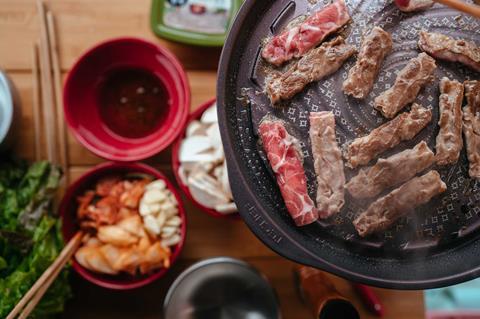
Cooking at home has become a haute couture again for families and households that watch their pocketbook. People love food and love talking about food. These sentiments also moved onto the world of camp cooking. Hamburgers and hot dogs have been replaced by street-style carne asada tacos, kimchi egg fried rice, or chicken adobo.
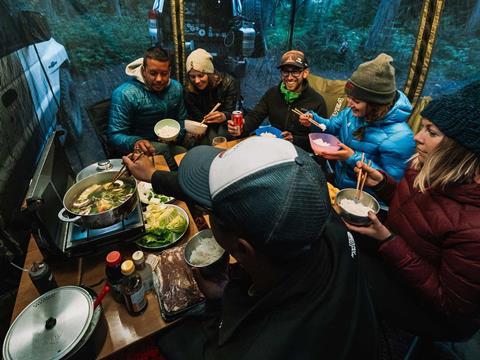
Here’s a few things we’ve learned about cooking at camp in our years of traveling on the road. Some may come as a surprise and others are just common sense.
Stock Raw Ingredients
Whenever you’re at the grocery store, buy raw ingredients rather than buying pre-made or pre-packaged items. Having a variety of proteins, vegetables, aromatics, and seasoning gives you the option of greater meal versatility when you’re on the road. You also wonʼt be locked into any specific meal.

Be open to changes in plans! Sometimes you’ll pull up into a camp spot late at night and don’t feel like preparing a specific meal you had planned to make. Having a well stocked camp pantry can cater to you whenever youʼre feeling lazy, or when you want to fully glamp it up.
Shop for a diverse gamut of ingredients instead of planning each meal out each day. This helps whenever certain cravings hit and when others don’t. No pizza dough but craving pizza? Use tortillas, or slices of bread, with pasta and tomato sauce with cheese. It’ll always hit the spot.
Be Aware of Elevation
If you’re cooking in higher elevations, your taste buds will be a little more subdued than at sea level. Mentally note to be a little more heavy handed the salt whenever you’re in the mountains.
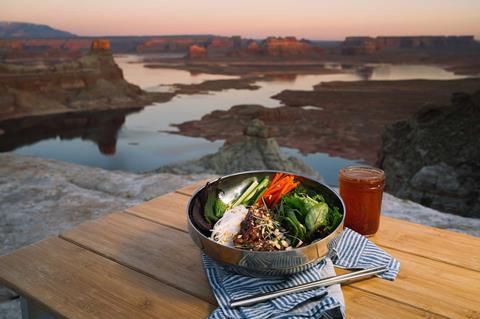
Cooking times also vary depending on your elevation as well. Water boils at 212 F at sea level, but every 500 ft increase in elevation, the boiling point of water is lowered by 1 F. At 5,000 feet water boils at about 203 F.
Just because the boiling point of water is lower than at sea level, does not mean its quicker to boil water at elevation. In fact, it nearly doubles the amount of time to get to boiling temperature at 5,000 ft in elevation. The higher you go, the longer it’ll take to cook anything.
Got a wonderful dutch oven lasagne recipe that takes about an hour to cook at sea level? It’ll take twice as long when you’re higher up in the mountains.
Keep It Simple
Your meals should always be simple. Our personal rule of thumb is that a meal should take no more than 20 minutes of prep work before you actually cook. Taking any longer and you might as well just stay home!

Decant All Spices, Seasonings, and Oils
Whenever you buy things to stock your camp pantry, it all comes in containers of various sizes. This makes it harder to pack into your space limited camp pantry.
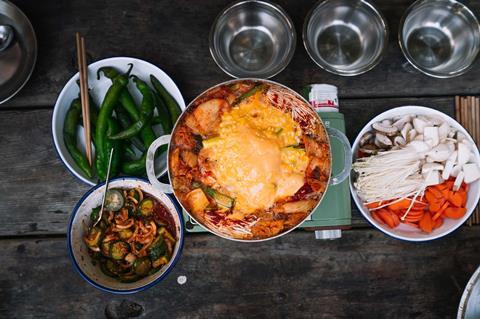
Decant, or remove to put into another container, everything into similar sized containers for easier packing. No one needs a huge bag of flour, or a massive thing of olive oil, whenever you’re out camping.
Spending the extra time, and money to rehome everything will make your camp experience easier, and smoother when it is time to cook, or clean up.
Use Shortcuts
You’re out camping. It’s okay to use shortcuts to cook. Use store bought chicken stock or tomato soups. Use spices and seasoning that will elevate your food without going the extra mile.
I’ll never leave home without a bottle of fish sauce, Maggi seasoning sauce, Korean chili powder, and MSG.
Fish sauce is my “secret” to make my dishes have that magic zing. Think of it as easier to transport and reuse canned anchovies. No one likes the thought of anchovies in their food, but people love the taste of it in their favorite caesar salads or marinara sauces! It’s always a must add to any tomato-based pasta sauce.

I use Maggi seasoning on sunny side up eggs, and as a wonderful dipping sauce for any fresh vegetables.
Korean chili powder to make pretty much any Korean food we crave when we’re on the road: cucumber kimchi, gochujang or ssamjang sauce, budgie jjigae, and of course, KBBQ.
Are you cooking something and after you taste it, it’s missing a little depth in flavor that you can’t quite put your finger on? Throw in a dash of MSG. It’s an enhancer and is THE camp food shortcut.
Pack spices and seasoning that you use the most at home
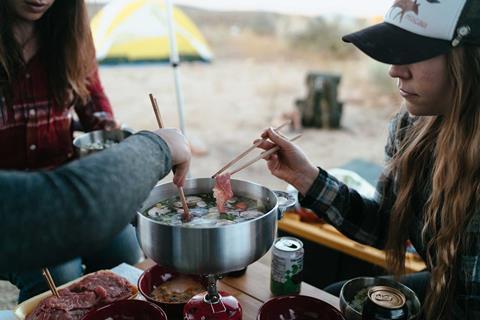
Have a particular seasoning that is your secret sauce to make everything you cook delicious? Bring it. Having the flexibility to throw together whatever you crave whenever you crave it is power most campers don’t realize they can wield. Plus, cooking up food that tastes as close to home is incredibly comforting.
Pack Similar Items Into Groups
It almost seems like a no brainer. But we all know how last minute packing can lead to the garlic powder to be somehow stuffed into the shower bag. Take the time to pre-pack before a trip and make sure everything that is part of a particular pursuit is packed together.
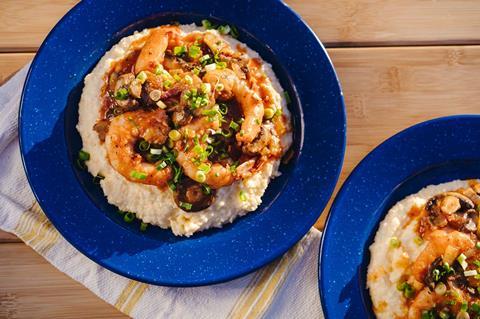
All the spices should be together, all the oils or liquid seasonings should be together, bathroom things, and sleeping things. Taking the time just makes your camping experience that much more smooth when you’re out there.
Always Have On Hand Some Kind of Acid
The more the merrier. A dash of vinegar or a slice of citrus can make a meal that tastes okay, to something with so much more pizazz! Acids can be a good middle ground of multiple uses.
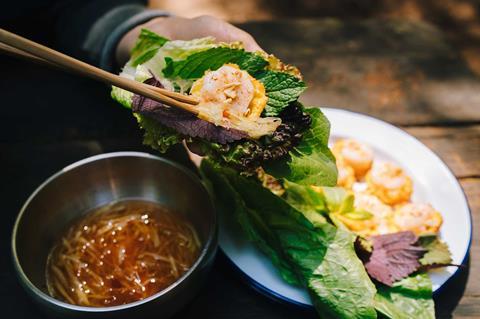
Rice wine vinegar can be used for any quick pickling, a dumpling sauce, or salad dressing. Limes for alcoholic beverages, or a squeeze for anything Indian, Vietnamese, or Mexican.
My rule of thumb is: If you’re tasting what you’re cooking but it needs something? 9/10 times it needs an acid.
Donʼt Pack Any Specialty Cooking Equipment
You’re limited on space as is. Leave any cooking equipment that was specifically made for one task at home. You most likely wonʼt need a zester, or a boiled egg slicer when on the road.
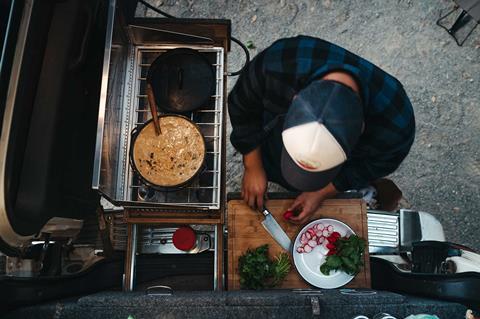
All you need is one bigger pot, a good sized cast iron, a kettle, a chefʼs knife, and a paring knife.
You’re on the road. Your food should be fancy —not your kitchen.
It’s Always Worth it to Go the Extra Mile
Contrary to what I said about using shortcuts, taking the time to do things from scratch at camp goes a long way.
Making steaks? Go ahead and make a from-scratch mushroom gravy with the drippings in the skillet while the steak is resting. Add in dill to a chick-pea or chicken salad sandwich. Toast whole cumin to put into your taco protein seasoning. Don’t think about it, it’ll always be worth it.
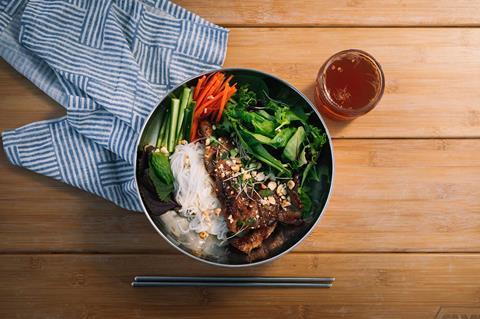
Though, be smart with what you want to go the extra mile for and be sure to enjoy your time at camp instead of being in the kitchen the whole trip!
Make Food that Touches Your Soul
There are times where we all get hung up on eating well. Making sure we’re dotting the i’s and crossing the t’s on our daily nutrition. But, days on the road are different. Sometimes, you just need something that’ll touch the deepest parts of your soul.

You need to treat yourself. The further you travel from home, the further you are from whatever you’re familiar or comfortable with. Every so often, put together a meal that will make you like you’re at home.
Whatever that specific meal is depends on whoever you are. It could be meatloaf and mash potatoes for some, for others it could be a lentil curry with rice. For us, it’s a big piping hot bowl of Vietnamese beef noodle soup, phở.
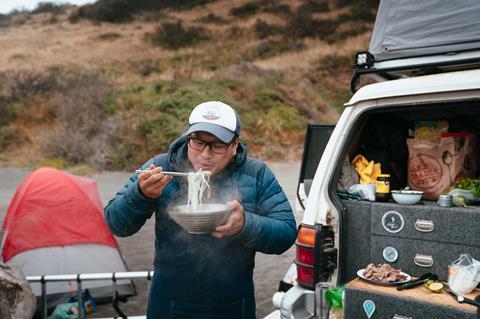
Do what you love, make sure to treat yourself every now and then, and the road will very quickly become your home.
Though, the universal hatred for dishes will forever be unchanged.
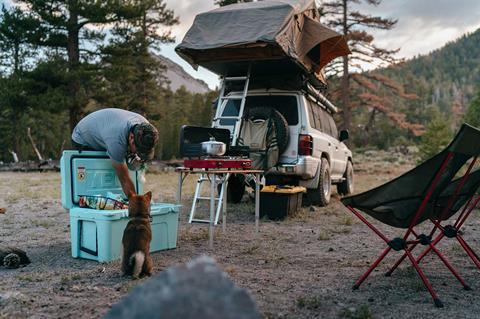
For more adventures with Linhbergh and Karissa, follow them on Instagram @gondirtin and on YouTube @gondirtin.
Access More Great Stories!
This article originally appeared in OVR Issue 05. For more informative articles like this, consider subscribing to OVR Magazine in print or digital versions here. You can also find the print edition of OVR at your local newsstand by using our Magazine Finder.


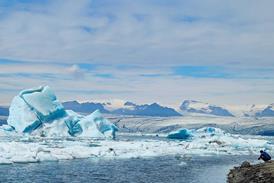
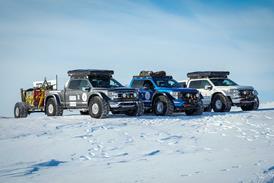

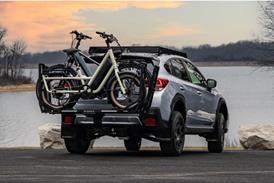


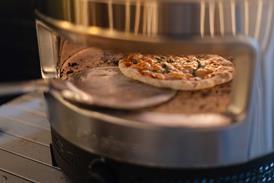


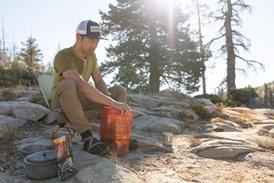
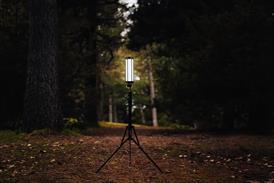
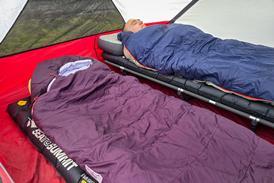
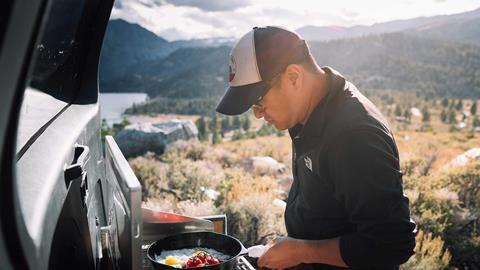






No comments yet